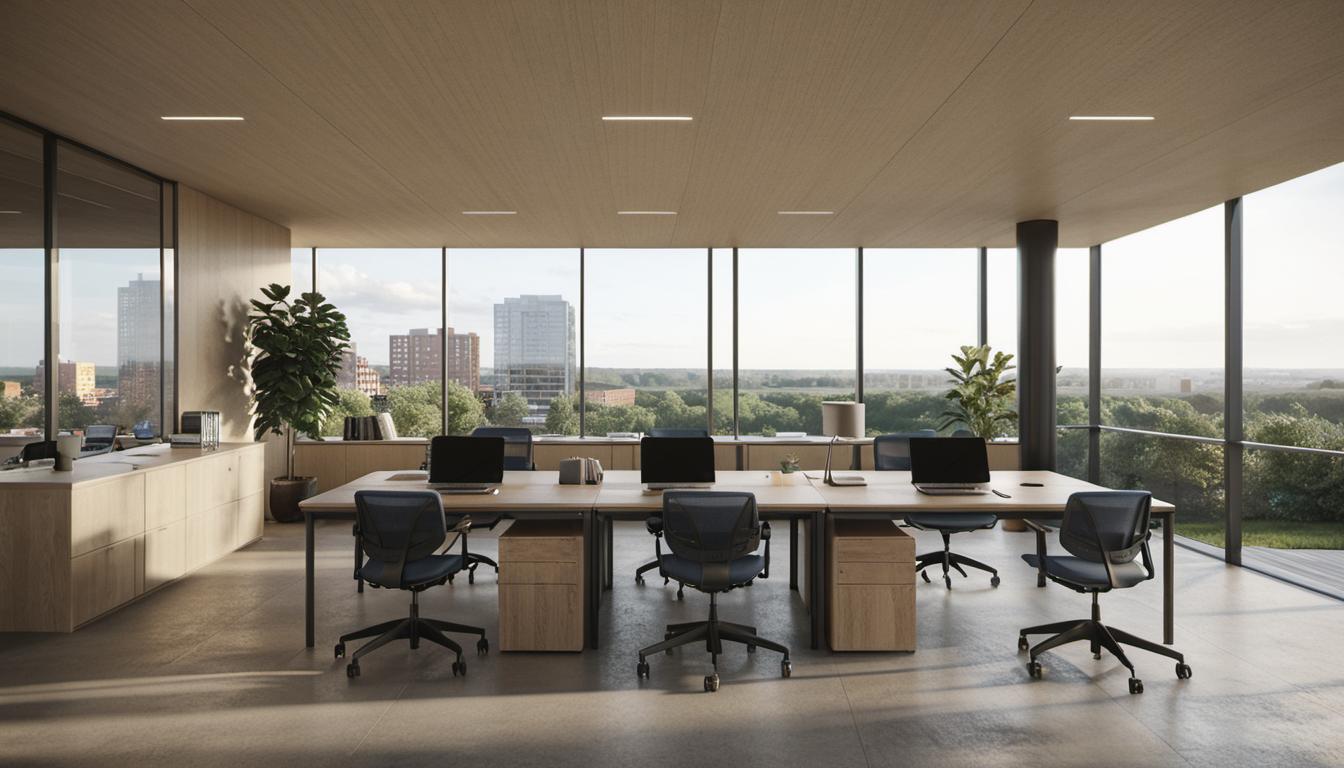1. Introduction
Creating striking project renderings is an integral part of the design and real estate industry. Skilled architectural visualizers yield a massive impact on a project’s success, conveying the designer’s vision into a concrete visual medium. These renderings breathe life into abstract ideas, giving stakeholders a glimpse into the future.
2. The role of an Architectural Visualizer
An architectural visualizer plays a crucial role in construction and design sectors, including architects, interior designers, and real estate professionals. Armed with advanced software tools, they generate lifelike visualizations of projects, exhibiting elements such as materials, textures, lighting, and intricacies of the design. Not limited to buildings, they also have their artistic footprint in landscape design, interior setup, and product design.
3. Essential skills for creating top-quality project renderings
-
3.1 Technical Proficiency
Among the skills required to create effective project renderings, technical proficiency tops the list. Architectural visualizers should be adept at 3D modeling and rendering software, making the most of these tools to create detailed, realistic project visuals.
-
3.2 Creativity
The ability to envisage and create unique forms and spaces makes creativity a cornerstone in the rendering process. Visualizers need to have the creative prowess to translate abstract ideas into tangible forms.
-
3.3 Attention to Detail
A meticulous sense of detail is a non-negotiable skill in project rendering. Tiny details, which might seem insignificant at first glance, massively contribute to a lifelike and believable representation of the project.
-
3.4 Effective Communication Skills
Understanding and interpreting client requirements accurately is pivotal in creating precise results. Thus, having sound communication skills can make or break a project’s success.
-
3.5 Time Management
Producing premium quality work within the specified time frame is a tasking demand in this profession. Hence, managing time efficiently while upkeeping quality standards is a necessary skill to master.
-
3.6 Problem-solving Ability
The ability to efficiently navigate unexpected challenges in the project ensures smooth operations. These problem-solving skills enable the visualizer to devise quick solutions when faced with potential snags in the process.
4. How is an architectural project created?
An architectural visualization project is a meticulous process that begins with conceptualization, followed by crafting a model. Industry-leading software allows for precise texturing and lighting to clothe the model and bring it to life. Finally, they transform the 3D model into a polished, refined rendering that aligns with the project guidelines.
5. Different areas of architectural visualization
Architectural visualizers find their craft covering a panoramic range of areas, not just limited to buildings and structures. Their expertise often extends to landscape design, turning sprawling grounds into verdant sanctuaries, interior design, weaving indoor areas into cozy spaces, and even product design, shaping ideas into tangible forms.
6. Managing other aspects of project visualization
Besides the artistic skills, several logistical abilities are crucial in managing a visualization project. These include competently handling project deadlines and budgets, establishing effective rapport with clients, and the knack for fruitful collaboration with their team.
7. The ultimate goal of architectural visualization
The core purpose of architectural visualization is to offer a clear visual representation of the finalized product before a single brick is laid. It enables stakeholders to make informed decisions, ensuring the construction’s success and cost-effectiveness.
8. Final Thoughts
The profession of producing project renderings is a unique blend of technical, creative, and interpersonal skills. The challenges faced in this field are commensurate with the rewarding outcomes, making it a desirable and sought-after profession.
FAQs
What skills are required to become an architectural visualizer?
The most critical skills include technical proficiency in 3D modeling and rendering software, creativity, attention to detail, effective communication, good time management, and problem-solving abilities.
Why is attention to detail important in project rendering?
In project rendering, fine details contribute heavily to the realistic representation of a project. This serves to increase the credibility and believability of the rendered project.
How does creativity contribute to the role of a project designer?
A project designer’s creativity enables the visualization of unique forms and spaces, translating abstract ideas into tangible forms. This creativity differentiates a project, making it more appealing to stakeholders.
What tools should a designer use to create high-quality renderings?
Project designers should master 3D modeling and rendering software tools for creating high-quality renderings. This includes programs specialized in texturing, lighting, and creating lifelike scenarios.
What role does software play in architectural rendering?
Software is a crucial instrument that aids in creating intricate, detailed 3D models and converting them into polished renders. It equips the visualizer with the tools needed to capture and portray the project’s minute details accurately.






